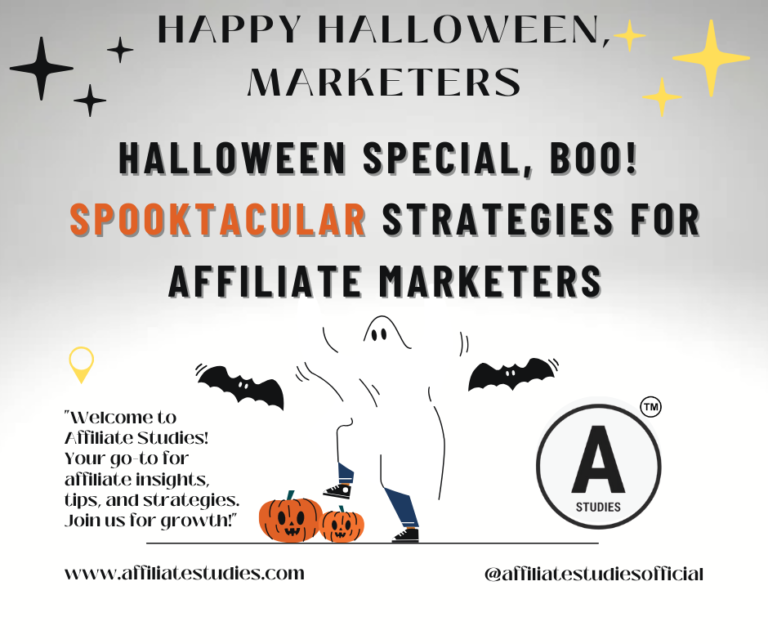How Do I Define My Target Audience for Affiliate Marketing 2025?

How Do I Define My Target Audience for Affiliate Marketing 2025? Here is the method.
Understanding Your Target Audience
In the year 2025, determining your target audience is one of the most important steps towards successful affiliate marketing. Identifying your audience helps you design better marketing strategies. Once you know your audience or the people you are talking to, it is much easier to create the kind of content that they will consume, thus leading to more conversions.
What is a Target Audience?
A target audience is a specific group of people that your marketing efforts are aimed at. This group is defined by various characteristics, such as:
- Demographics: Age, gender, income level, education, etc.
- Interests: Hobbies, preferences, and lifestyle choices.
- Behavioral traits: Purchase behavior, brand loyalty, and other shopping habits.
Defining your target audience helps you create relevant content and products that meet their needs, making it a vital part of any affiliate marketing strategy.
How to Find Your Affiliate Marketing Audience
Finding your affiliate marketing audience involves several steps:
- Conduct Market Research:
- Use surveys, questionnaires, and feedback to gather insights about potential audiences.
- Explore online forums and communities to see what topics are trending and what questions people are asking.
- Analyze Competitor Strategies:
- Look at who your competitors target and how they do it. Tools like Ahrefs or SEMrush can help you analyze their traffic sources and audience demographics.
- Consider what gaps exist in their approach and how you might fill those gaps.
- Utilize Social Media Insights:
- Platforms like Facebook, Instagram, and Twitter provide detailed insights into audience demographics. Utilize this data to tailor your content.
- Engage with followers to gather their opinions and preferences.
- Leverage Google Analytics:
- Monitor your website traffic to find out who is accessing your content. Identify the common traits among your frequent visitors to better target your audience.
- Create Customer Personas:
- Develop detailed profiles of your ideal customers based on the data collected. This persona might include fictional names, demographics, interests, and challenges they face.
How to Reach Your Target Audience for Affiliate Marketing
With your target audience defined, reaching them effectively is the next step. Here are some strategies to consider:
- Content Marketing:
- Create valuable, informative, and engaging content that addresses the needs of your target audience. Use blogs, videos, and infographics to share your expertise.
- Ensure your content is optimized for search engines to improve visibility. Tools like Yoast SEO can help you with keyword optimization.
- Email Marketing:
- Build an email list by offering free resources in exchange for email addresses. This can be done through lead magnets like eBooks, webinars, or discount codes.
- Send regular newsletters containing updates, promotions, and segmented content that appeals to different audience groups.
- Social Media Advertising:
- Utilize targeted advertising on platforms like Facebook and Instagram to reach a larger audience. You can specify your audience based on various attributes such as age, location, and interests.
- Experiment with different types of content formats, like carousel posts, stories, and videos, to see what resonates best with your audience.
- Affiliate Networks:
- Join affiliate networks that align with your niche. These platforms often have established audiences and can help you increase your visibility.
- Collaborate with other affiliates to reach wider audiences through guest blogging or co-promotions.
How to Get Traffic for Affiliate Marketing?
Driving traffic to your affiliate marketing site involves a combination of strategies:
- Search Engine Optimization (SEO):
- Focus on keyword research to understand what your audience is searching for. Use tools like Google Keyword Planner or Ubersuggest to identify high-volume keywords.
- Optimize your website content, titles, and meta descriptions with these keywords to improve your search engine ranking.
- Social Media Engagement:
- Share your content on social media platforms and engage with your followers. Regularly posting and interacting can drive traffic to your website.
- Create shareable content that encourages your audience to spread the word.
- Guest Blogging:
- Write guest posts for other blogs in your niche to tap into their audience. Ensure to include links back to your site within the content.
- Offer value to the readers, such as practical advice or insights, to encourage them to check out your site.
- Paid Advertising:
- Investing in pay-per-click (PPC) advertising can quickly drive traffic to your site. Platforms like Google Ads and Bing Ads allow for highly targeted campaigns.
- Monitor and optimize your advertisements regularly to maximize return on investment.
Conclusion
To sum up, defining your target audience for affiliate marketing in 2025 means setting a path toward success. Knowing who your audience currently is and how to find them, along with strategies for effective ways to reach your target market, vastly improves affiliate marketing. And do not forget the most important things: driving traffic with SEO and social media, plus great content marketing strategies. Let your journey to affiliate marketing success begin right here by clearly focusing on your audience and their needs!
CPA Marketing in 2025: A Comprehensive Guide to Future-Proof Your Affiliate Strategy






